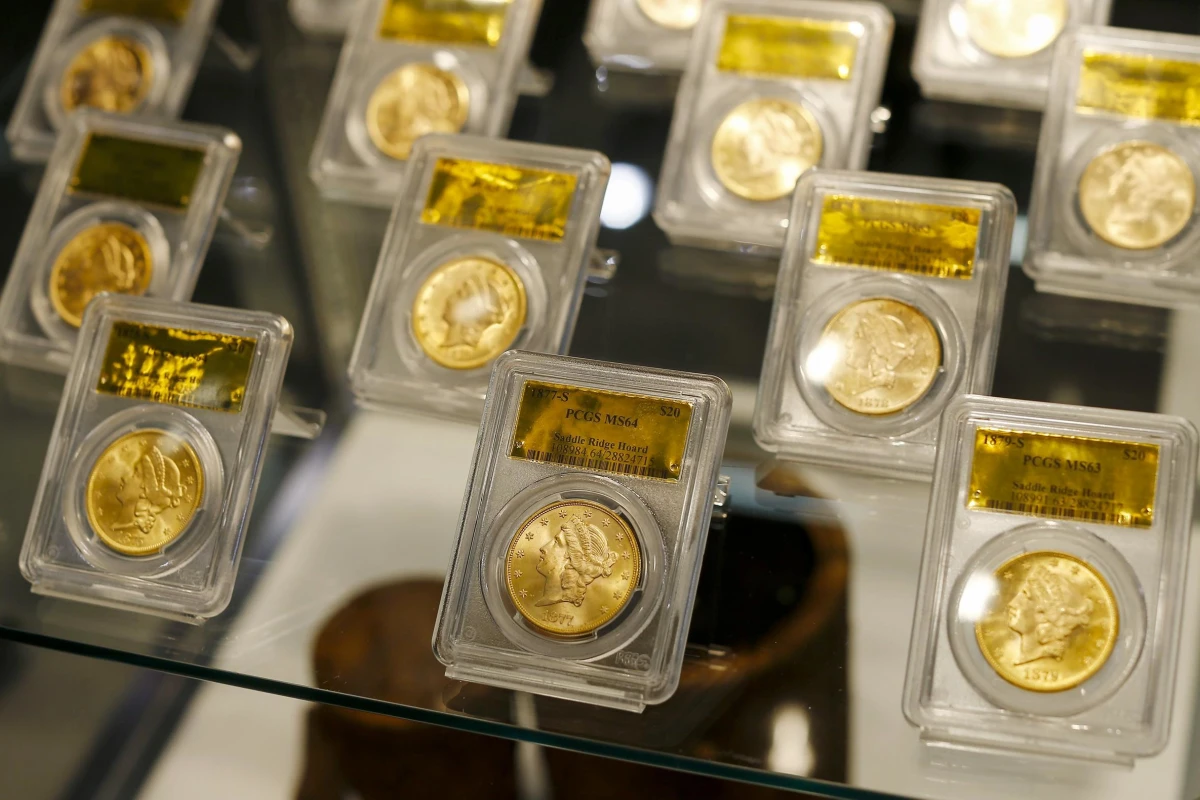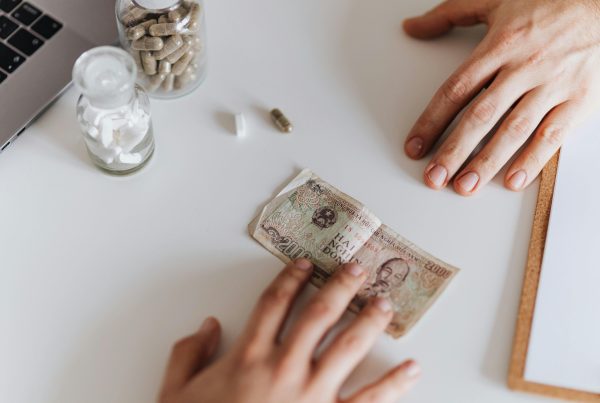For thousands of years, investing in precious metals like gold and silver has been a common way to store wealth. Many people consider precious metals to be a secure investment option because their value has remained comparatively stable over time. However, it can be a difficult task for those who are new to investing in bullion. In this blog post, we’ll give you an introduction to precious metal investing and explain the fundamentals of buying and selling bullion.

What is Bullion?
Any precious metal that has been minted into coins, bars, or rounds is referred to as “bullion.” Bullion, which is typically made of gold, silver, platinum, or palladium, is used more for investment than for everyday use. The purity and weight of the metal affect the bullion’s value.
Why Invest in Bullion?
There are many advantages to investing in bullion, including:
- Diversification: Investing in gold can help you diversify your portfolio and guard against market fluctuations.
- Tangible Asset: Bullion is a tangible asset that you can hold in your hand, as opposed to stocks and bonds.
- Inflation Hedge: Since precious metals typically appreciate when the value of money declines, gold can serve as an inflation hedge.
- Safe Haven: During periods of economic turbulence or geopolitical unrest, gold can serve as a haven asset.
Types of Bullion
There are numerous options for bullion, including:
- Bullion coins are produced by government mints and are accepted as legal tender in the nation in which they were made. The American Eagle, Canadian Maple Leaf, and South African Krugerrand are a few examples of bullion coins.
- Bars: Private mints manufacture gold and silver bars, which range in size from one gram to 400 ounces. Johnson Matthey, PAMP Suisse, and Credit Suisse are a few brands of bullion bars.
- Rounds: Bullion rounds resemble coins but are not accepted as payment. They are created by independent mints and feature a range of patterns.
Buying Bullion
There are several factors to take into account when purchasing bullion:
- Purity: The purity of the bullion should be taken into account. The majority of bullion is.999 fine, or 99.9% pure. But some bullion might be.9999 fine or even higher.
- Weight: Bullion is frequently sold by weight, with the cost per ounce or gram varying according to the current market value.
- Dealer: When purchasing bullion, it’s crucial to select a reputable dealer. Seek out dealers who are members of reputable associations like the American Numismatic Association (ANA) or the Professional Numismatists Guild (PNG).
Selling Bullion
You’ll want to make sure you receive the highest price when selling bullion. Here are some pointers:
- Shop around: To make sure you’re getting the best deal, request quotes from several dealers.
- Timing: Take into account selling when the metal’s market price is high.
- Condition: The bullion’s condition can influence its value. If you want to sell your bullion for the highest possible price, keep it in good condition.
Factors Affecting Bullion Prices
It’s crucial to realize that the price of bullion can change depending on a number of variables, such as:
- Supply and demand: The availability of bullion and the demand for it can impact its price. The price of a particular metal may rise if there is a high demand for it and a limited supply.
- Economic conditions: The price of bullion can be impacted by economic factors like inflation, interest rates, and political stability.
- Currency fluctuations: When the value of a currency declines, the value of precious metals typically increases, making bullion an appealing investment.
Tax Considerations
The tax ramifications of bullion investments must be taken into account. Bullion may be subject to sales tax or capital gains tax in some nations. It’s a good idea to speak with a tax expert before investing in bullion to learn about the tax repercussions in your nation.
Alternative Investment Strategies for Precious Metals
There are other methods of investing in precious metals besides purchasing bullion, such as:
- Exchange-traded funds (ETFs): ETFs are investment funds that trade on stock exchanges and follow the price of a specific commodity or index. valuable metal With the aid of ETFs, investors can purchase precious metals without actually possessing any of them.
- Mining stocks: Another way to invest in precious metals is through mining stocks. Shares in mining firms that dig up precious metals are known as mining stocks.
Conclusion
In conclusion, adding bullion to an investment portfolio can give it stability, diversification, and the possibility of long-term growth. However, it’s crucial to keep in mind that, like any investment, buying bullion carries risks and necessitates careful planning. You can make decisions that could potentially result in significant returns by taking the time to educate yourself on the fundamentals of investing in bullion and taking factors like purity, weight, and condition into consideration.
Bullion can be a useful addition to your investment portfolio, regardless of your level of experience. Just like with any investment, it’s critical to conduct research and consult a financial advisor before making any decisions. By taking these actions, you may benefit from bullion investment and reach your financial objectives.




